Britain’s Royal Air Force celebrates its centenary today. Which is an excellent excuse for me to show pics of my all-time favorite Brit warplanes, in no specific order.
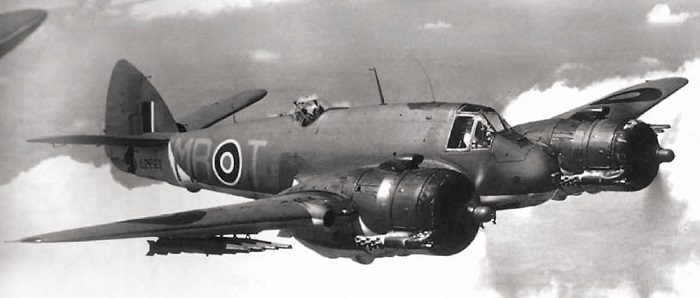
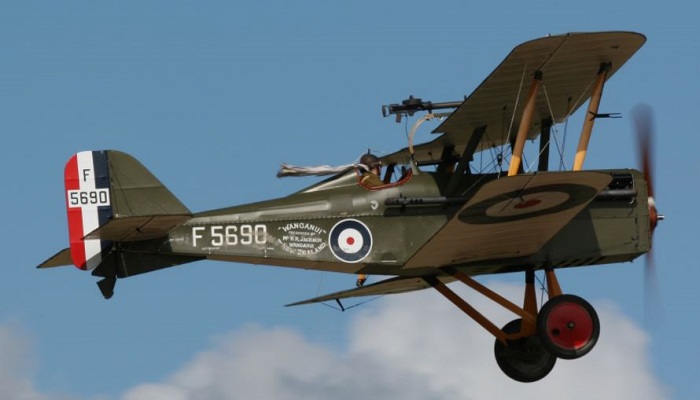
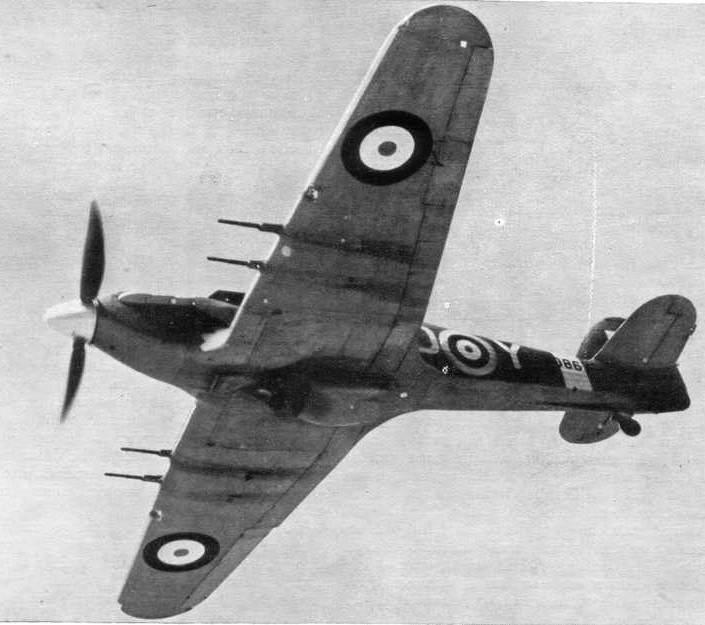

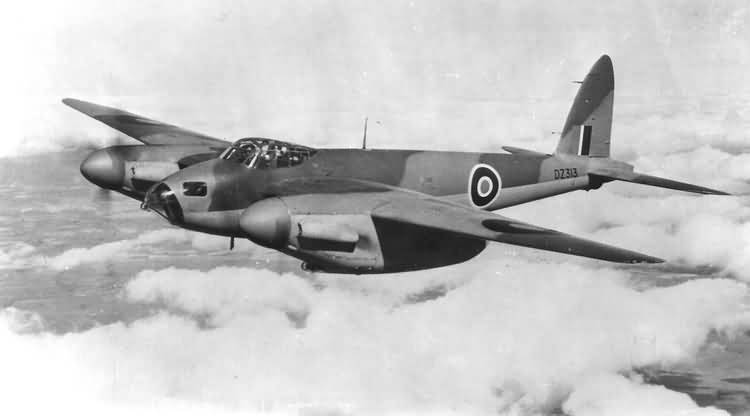


Sopwith Snipe (not the Camel)

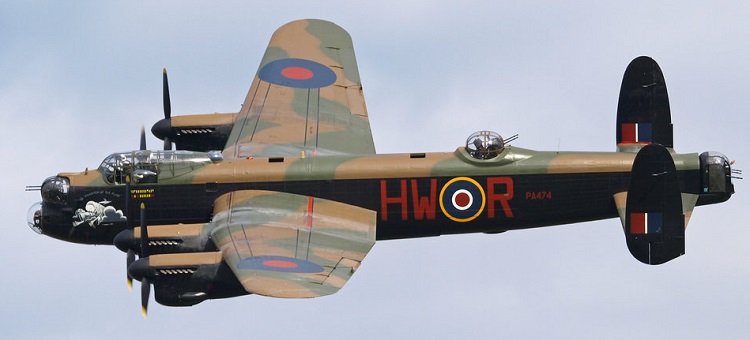
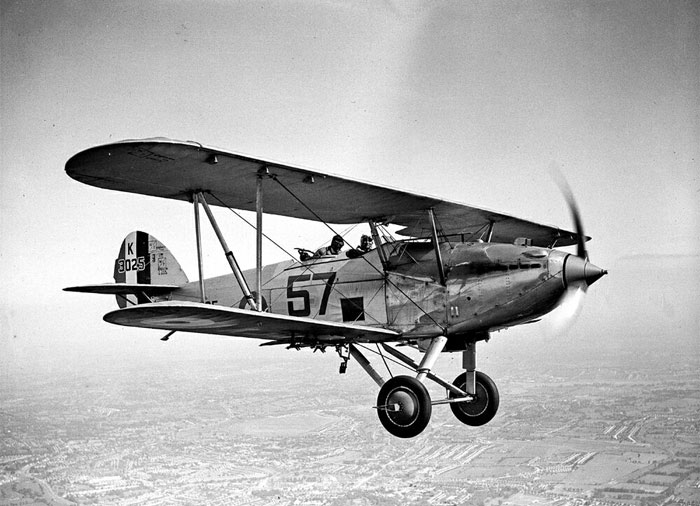
This last was, I think, the best-looking biplane ever made. There are still several models (not replicas) flying, even though production ceased in 1938.
A couple of gratuitous book references about the early days of the RFC/RAF respectively: Goshawk Squadron and Piece of Cake, both by Derek Robinson. And for the story of possibly the toughest human being who ever lived: Reach For The Sky, by Paul Brickhill.

Kim;
Which of those biplanes was known as the Stringbag?
None of the above.
The Fairey Swordfish torpedo bomber was know as the Stringbag.
This was the aircraft that damaged the Bismarck’s steering gear, preventing her from reaching the French ports and allowing the Home Fleet to catch up to her.
Yup, you got it.
Actually as I recall, it was neither. The Stringbag might have been the FE.2 (look up the pictures to see why) — but I could be wrong.
Update: I was. Randy has the truth of it.
Two of my favorites are the Hawker Tempest and the Gloster Meteor.
The Tempest because of it’s combination of speed (engine power) and firepower. Also interesting how form follows function–hence the similarity of line between the Tempest, the Republic P-47, and the Nakajima Ki-84.
The Meteor because of it’s engine design (Sir Frank Whittle) in contrast to the engines on the Me-262. I read somewhere that there is a restored Meteor that still flies with it’s original engines.
Airworthy
Meteor T.7 G-JWMA[65] ex-WA638, used by Martin-Baker Ltd since 1952 to test ejection seats. Based at Chalgrove Airfield, near Watlington, Oxfordshire.[66]
Meteor T.7 G-JSMA[65] ex-WL419, used by Martin-Baker Ltd since 1952 to test ejection seats. Based at Chalgrove Airfield, near Watlington, Oxfordshire.[66]
Meteor T.7 G-BWMF, ex-WA591. Operated by the Classic Air Force, based at Newquay Cornwall Airport. First flight after restoration 14 June 2011. The aircraft is painted as FMK-Q, its markings when with No. 203 Advanced Flying School at RAF Driffield, Yorkshire in 1951.[67]
Meteor TT.20 G-LOSM, ex-WM167 and a NF.11 conversion, operated by the Classic Air Force, based at Newquay Cornwall Airport.[67]
Meteor T.7 WA638 used by Martin-Baker for ejection seat development: non-standard canopy and F.8 tail. 2008
Stored or under restoration
Meteor T.7 WF877 is stored at Duxford, Cambridgeshire.[68]
Meteor T.7 WS103 of the Fleet Air Arm Museum’s reserve collection is stored at Cobham Hall, Yeovilton, Somerset.[69]
Meteor NF.14 WS807 of the Jet Age Museum is stored at Gloucestershire Airport.[70]
Meteor TT.20 WM292 of the Fleet Air Arm Museum’s reserve collection is stored at Cobham Hall, Yeovilton, Somerset.[69]
Picking a favorite is like a kid in a candy store with a nickel to spend.
Well, easy enough my monies on the highly versatile Mosquito – the “Mossie” – “The Wooden Wonder”. They were powered by TWO of the same engines that gave Spitfires, Mustangs and maybe the “Hurry” – Hurricane their get up and go. Mosquito had to be the low-level fast ride of all time.
My second place pick would be the Lancaster. Perhaps THE heavy lifter of WWII, in the right hands it was still agile enough to be tossed around.
Guess I’m just a softy for hearing a RR-Merlin sound off.
And while in a celebratory mood, May 08th marks the 107th anniversary of US Navy’s NAVAIR. “FLY NAVY” or if you’re really good, Marine Air Wing!
Good choices all, but if I had to choose one it would be the Mossie, the wooden wonder.
Sorry, the best looking bi-plane ha got to be the staggerwing Beech
I’ve always loved the lines of the Griffon-powered Spitfires. The Mk XIV…a ballerina with wings. Sleek, beautiful, and lethal.
FWIW, I’ve been in a Vulcan cockpit…which was clearly sized for midgets.
In the mid 80’s I happened to be driving north on I-35 just south of Oklahoma City. I looked up and saw an RAF Vulcan on the approach path to Tinker AFB. It was done up in the RAF grey and green over light gray camo pattern. At first I didn’t recognize the aircraft and wondered if the little grey guys from parts unknown were visiting us. When I got home I checked out the local paper and learned that the Vulcan was doing a round the world flight before it was retired.
One of my favorite Brit aircraft has been the Typhoon. It was a little ugly but did the job as a tank killer. That doesn’t take away from the Spitfire or Mosquito but if I was a fighter pilot in Europe and had my choice I’d fly a P-51. If I was in the Pacific I’d pick a Corsair every time. So let the games begin.
RAF Faves:
Props:
Kind of a toss-up between Hurricane and Spit.
Hurricane for rugged firepower, and the Spit for ballerina grace.
Turbines:
The Vulcan is hands-down gorgeous, simple & sleek – plus, it was in Thunderball.
For a zoomie – The English Electric Lightning! There is nothing “normal” about that plane.
Added Bonus: The Civilian category is won by the Vickers VC-10.